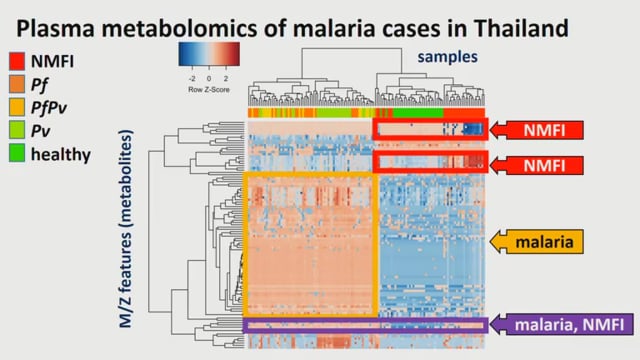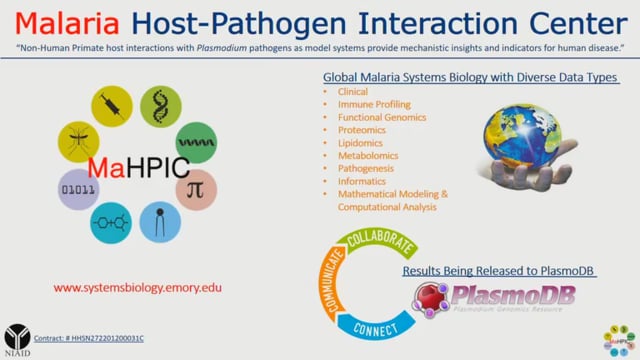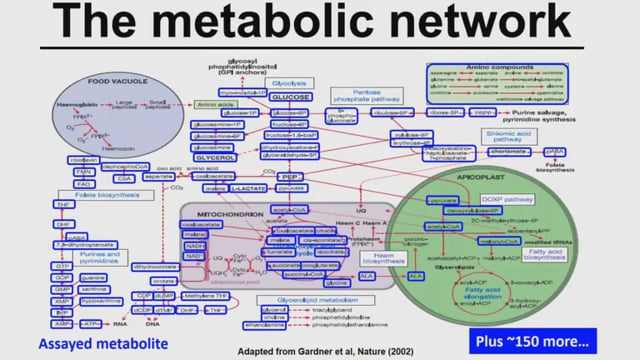Last Updated: 17/09/2024
Chemical profiling of the human skin surface for malaria vector control using combined chromatography and mass spectrometry techniques
Objectives
To develop methods to chemically profile the human skin surface with the aim of determining the compounds responsible for attracting the mosquito vector to its human host.
The World Health Organisation (WHO) estimated that 216 million cases of malaria occurred worldwide in 2016 with most of the cases diagnosed in the African Region (90%) (WHO, World Malaria Report, 2017). Odour mosquito lures are currently being used as part of integrated vector control strategies in the fight against malaria. Variation in inter-human attractiveness to mosquitoes, as well as the preference of mosquitoes to bite certain regions on the human host are possible avenues for identifying lead compounds as potential attractants. Two different areas of the human skin, namely wrist and ankles, were compared as well as inter-human attractiveness to mosquitoes following a 1 hour sampling period. Skin surface compounds were concentrated using a polydimethylsiloxane (PDMS) sampler. Sampling was followed by analyses with comprehensive gas chromatography – time of flight mass spectrometry (GC×GC-TOFMS) and ultra-performance liquid chromatography – ion-mobility spectrometry – high resolution mass spectrometry (UPLC-IMS-HRMS). The chemical skin profile data sets were compared using multivariate statistical methods, such as principal component and discriminant analyses. Compounds responsible for the differences in the chemical profiles were tentatively identified based on a comparison of sample mass spectra to that of the NIST14 library for the GC analyses. Accurate mass, isotope fit values and fragmentation patterns were compared to online ChemSpider databases for the LC analyses. Binary compare using an OPLS-DA Model highlighted the differences between the ankle and wrists groups for the LC-MS data sets. Viburtinal and Menaquinol, as well as Allodeoxycholic acid and N,N-Diethylbenzeneacetamide, were tentatively identified, using the Human Metabolome Database. These form plausible lead markers for the wrist and ankle groups, respectively. A comprehensive list of collision cross section data of human skin chemicals was compiled for LC amenable markers. This multi-approach gave a comprehensive human skin chemical profile consisting of volatile, semi-volatile, and non-volatile compounds.
Jan 2021


